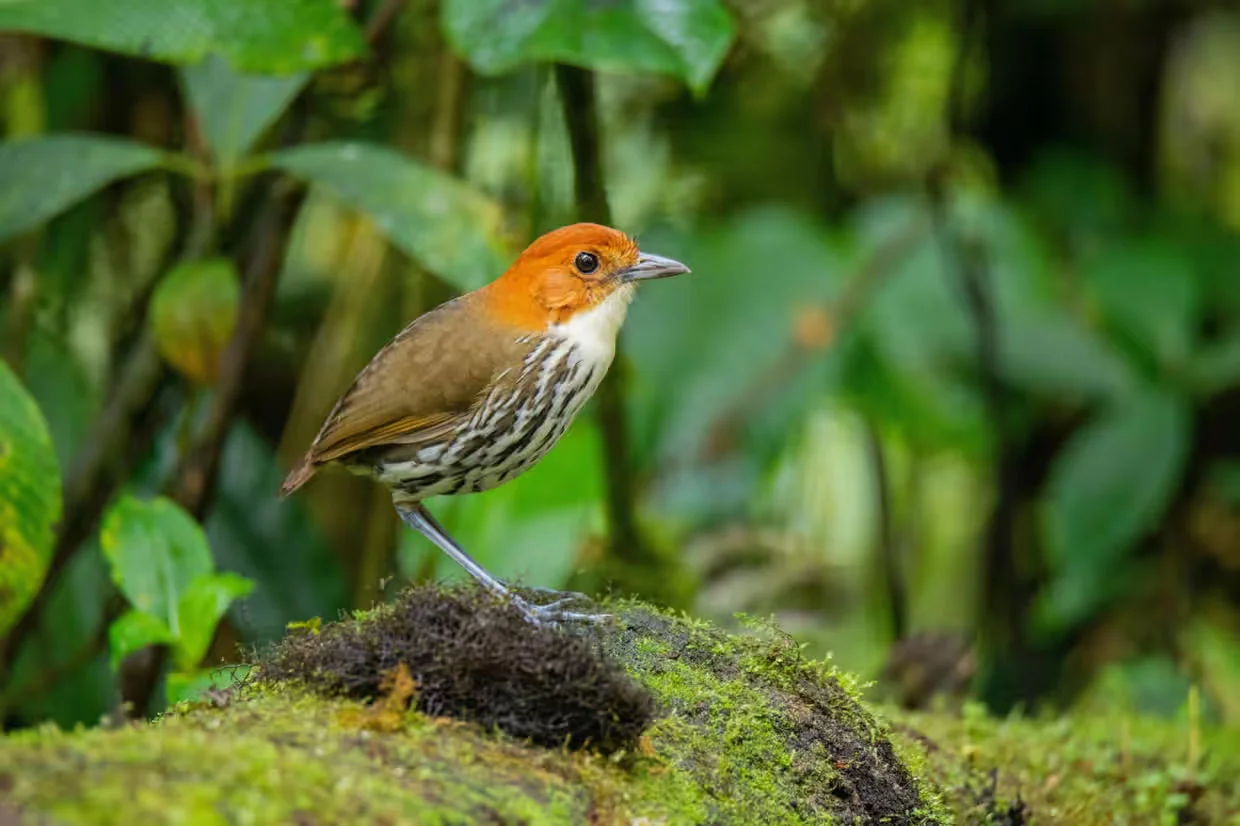
More profitable than farming’: how Ecuador’s birding boom is benefiting wildlife | Travel News
Shortly after Anita Cajas and Vinicio Bacuilima began cultivating their small farm, they encountered a significant issue: a "plague of birds," as Anita described it, that ravaged their valuable crops.
During the Covid-19 pandemic, a man passing by their house asked if he could photograph the birds on their land. He then suggested that instead of driving the birds away, they should coexist with them. This advice led to the creation of Maraksacha Reserve.
Today, Anita credits the renowned bird photographer Manu Espinosa for transforming their lives and helping them advocate for conservation in this unique area.
"Since we're located on the main road from Quito to Mindo, we get numerous visitors, especially bird photographers," Cajas explains. They "enjoy sitting on our terrace, drinking coffee, and observing the birds up close."

Birding tourism is booming in Ecuador, with a growing number of specialized tour groups, local bird guides, and wildlife lodges. The country is home to over 1,600 bird species—nearly double the number found in all of Europe—within an area just slightly larger than the UK. As birding becomes more popular, many subsistence farmers are converting their agricultural land into bird reserves, which benefits both the birds and the national economy.
Angie Drake, a sustainable tourism consultant from the US, notes that by enhancing biodiversity and attracting wildlife tourists, some farmers are significantly expanding the potential of their land beyond traditional farming.
“They are discovering ways to balance profitability with environmental care,” she says. “This innovative strategy provides a model for other farmers looking to rethink their relationship with the land.”
One notable example is the Ajila family, who have dedicated themselves to preserving the long-wattled umbrellabird, a unique species that resembles a black crow with a distinctive quiff and a long, scarf-like wattle. Near Recinto 23 de Junio, Luis Ajila has shifted from dairy farming to conservation, reforesting his land and promoting it to wildlife tourists. He finds this work not only more rewarding but also more lucrative than traditional farming.

“Wildlife tourism is much more profitable than farming, but that wasn’t our only motivation,” says Luis Jr., Ajila’s son. “We aimed to protect not just the umbrellabird, but all the unique wildlife here, preserving them for future generations.”
Projects like theirs can receive funding from the Ecuadorian government through the Socio Bosque program, which started in 2008. This scheme offers annual payments to the poorest private and communal forest landowners for each hectare of forest cover they maintain, ranging from $30 (£23) to $60 per hectare. However, the application process is complicated and funding is inconsistent, leading some landowners, including Bacuilima and Cajas, to stop applying.
Nevertheless, the income from birdwatchers alone has motivated some farmers to adopt the nature reserve model. A few years ago, Favián Luna transformed his 120-hectare tomato farm in the Tandayapa Valley, northwest of Quito, into a cloud-forest reserve and lodge called Alambi Reserve. Visitors come to photograph numerous hummingbird species, including the Andean emerald, which is native to the Chocó bioregion of the Ecuadorian Andes.
Nearby, at Mashpi Amagusa, former farmers Doris Villalba and Sergio Basantes established a reserve, lodge, and garden that attract 260 species of sought-after birds. Highlights include glistening-green, flame-faced, and beryl-spangled tanagers, as well as the rare, endemic rose-faced parrot.
At Finca La Victoriana in Pichincha, owner Jacqui bought the house and land, began reforesting the area, and grew crops for personal use. However, during the lockdown, when she was stuck in nearby Quito, all her crops were stolen. A visiting friend saved her from selling the property by recognizing an unusual sound from the valley: the Andean cock-of-the-rock. The bright orange and black males gather daily at their “lek,” a courtship arena where they perform for the observing females.

Since 2005, Ángel Paz and his younger brother Rodrigo have turned their former dairy farm in Mindo into a bird reserve. Initially, things didn’t go as planned: it took a month for their first visitor to arrive, who paid just $10 for a four-hour tour. However, since then, thousands of people have visited.
Ángel has gradually accustomed five species of antpitta—a notoriously elusive bird family—to appear more or less on cue. He nicknamed one female Shakira because she shakes her hips when she shows up.
Refugio Paz de las Aves became well known but was nearly lost. After the death of Ángel and Rodrigo’s mother, some siblings wanted to sell the land to local dairy farmers. A global crowdfunding campaign, led by Ángel’s son Vinicio and supported by Angie Drake, raised $160,000 to purchase the land, securing the habitat for the future.
For Ángel, success is about giving wildlife the time to thrive. “My brother and I have protected our home and its birdlife for almost two decades, and we’ve seen both the wildlife and visitors flourish,” he says. “For us, it’s all about connecting with the unique species that live here.”
